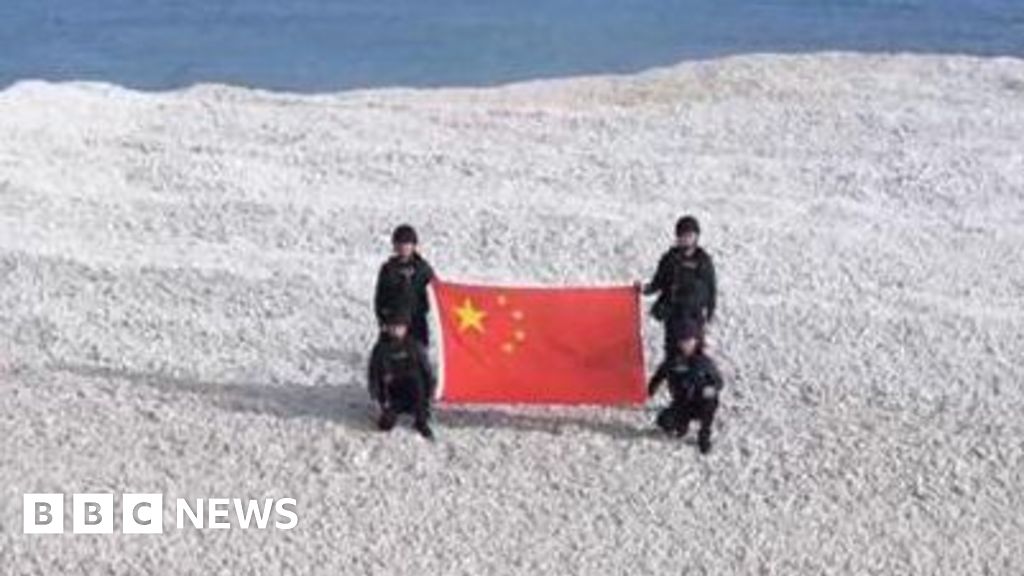Beijing's South China Sea Sandbank Grab: A New Territorial Dispute?
Introduction:
The South China Sea, a vital waterway teeming with resources and strategic importance, has once again become a focal point of geopolitical tension. China's recent activities, specifically the reported expansion and fortification of features in disputed areas, including the creation of new sandbanks, have reignited concerns about Beijing's assertive territorial claims. This article delves into the specifics of this latest development, analyzing its implications for regional stability and the potential for escalating conflict.
China's Actions in the South China Sea:
China’s claims in the South China Sea, based on its controversial "nine-dash line," encompass a vast area overlapping the Exclusive Economic Zones (EEZs) of several Southeast Asian nations, including Vietnam, the Philippines, Malaysia, Brunei, and Taiwan. For years, China has been steadily building artificial islands, expanding existing features, and deploying military assets within these contested waters. The latest reports focus on the creation of new sandbanks, potentially significantly altering the maritime landscape and further solidifying China's presence.
The Significance of Sandbank Creation:
The strategic importance of these new sandbanks cannot be overstated. These features, even if initially small, can be strategically developed into larger, fortified outposts. This allows for:
- Enhanced Military Presence: Deployment of military personnel, radar systems, and potentially even missile defense systems, expanding China's surveillance and control capabilities within the region.
- Increased Resource Access: Control over these sandbanks provides greater access to potential fishing grounds and undersea resources, further fueling economic competition.
- Strengthened Territorial Claims: The creation of new features can be used to bolster China's territorial claims, further complicating already tense negotiations.
Regional Reactions and International Concerns:
The international community has expressed deep concern over China's actions. Neighboring countries, directly affected by these developments, have voiced strong protests, emphasizing the violation of international law and the destabilization of the region. The United States, a key player in the region, has consistently criticized China's assertive behavior, conducting freedom-of-navigation operations to challenge Beijing's claims.
The Path Forward: Diplomacy and De-escalation:
The current situation demands a measured response, prioritizing diplomatic solutions over escalation. International pressure, coupled with robust adherence to international law, particularly the United Nations Convention on the Law of the Sea (UNCLOS), is crucial. Open communication channels and a commitment to peaceful resolution are paramount to avoiding a potentially disastrous military conflict.
Conclusion:
Beijing's reported creation of new sandbanks in the South China Sea represents another significant escalation in the ongoing territorial dispute. The implications are far-reaching, impacting regional stability, international law, and global maritime commerce. A collaborative, diplomatic approach, grounded in respect for international norms and the rule of law, is urgently needed to de-escalate tensions and find a peaceful, sustainable solution to this complex issue. Failure to do so risks further destabilizing the region and potentially sparking a wider conflict.
Keywords: South China Sea, Beijing, territorial dispute, sandbank, China, nine-dash line, UNCLOS, regional stability, geopolitical tension, international law, maritime dispute, Vietnam, Philippines, Malaysia, Brunei, Taiwan, freedom of navigation.

